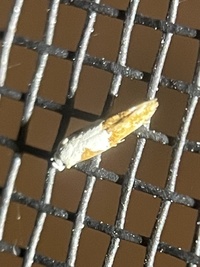
| Recorded by: Larry Chen, Sarah Toner on 2025-07-29
Dare Co.
Comment: | 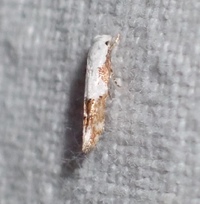
| Recorded by: Sarah Toner on 2025-07-22
Tyrrell Co.
Comment: iNat record - https://www.inaturalist.org/observations/300571726 |

| Recorded by: Mark Basinger on 2025-07-20
Brunswick Co.
Comment: | 
| Recorded by: Mark Basinger on 2025-07-20
Brunswick Co.
Comment: |

| Recorded by: Jim Petranka, Mark Basinger and Becky Elkin on 2025-06-29
Richmond Co.
Comment: | 
| Recorded by: Jeff Niznik, David George, Larry Chen, Sarah Toner, Joye Zhou on 2025-06-20
Richmond Co.
Comment: |
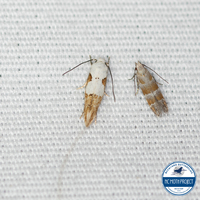
| Recorded by: Lior S. Carlson, Dean Furbish on 2024-08-14
Pamlico Co.
Comment: | 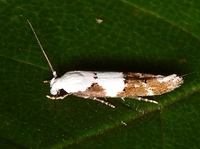
| Recorded by: Stephen Dunn on 2024-07-30
Orange Co.
Comment: |

| Recorded by: Stephen Dunn on 2024-07-30
Orange Co.
Comment: | 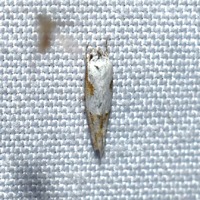
| Recorded by: Jeff Niznik on 2024-05-29
Durham Co.
Comment: |
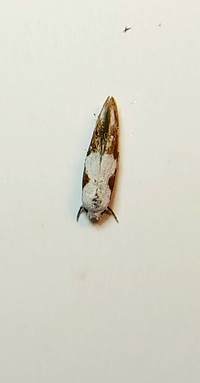
| Recorded by: Mark Basinger on 2024-05-10
Wilson Co.
Comment: | 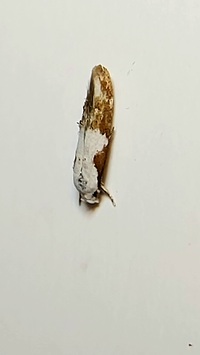
| Recorded by: Mark Basinger on 2024-05-10
Wilson Co.
Comment: |
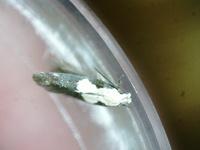
| Recorded by: Tracy Feldman on 2023-10-18
Wake Co.
Comment: | 
| Recorded by: Tracy Feldman on 2023-10-18
Wake Co.
Comment: |
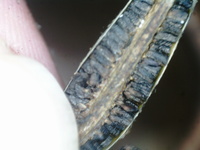
| Recorded by: Tracy Feldman on 2023-10-18
Wake Co.
Comment: A seed pod of Oenothera biennis that yielded an adult. | 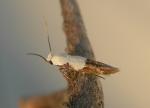
| Recorded by: R. Newman on 2023-03-06
Carteret Co.
Comment: |
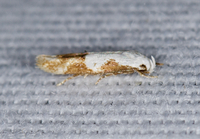
| Recorded by: Jim Petranka, Steve Hall and Bo Sullivan on 2022-08-28
Moore Co.
Comment: | 
| Recorded by: Jim Petranka, Steve Hall and Bo Sullivan on 2022-08-28
Scotland Co.
Comment: |
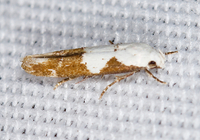
| Recorded by: Jim Petranka and Bo Sullivan on 2022-05-30
Moore Co.
Comment: | 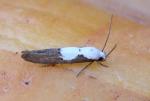
| Recorded by: R. Newman on 2021-11-21
Carteret Co.
Comment: |

| Recorded by: Jim Petranka and Bo Sullivan on 2021-08-09
Moore Co.
Comment: | 
| Recorded by: Mark Shields on 2020-07-10
Onslow Co.
Comment: |

| Recorded by: J.B. Sullivan on 2020-05-25
Carteret Co.
Comment: | 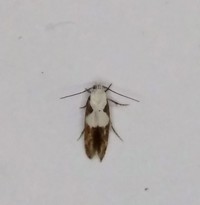
| Recorded by: Gary Maness on 2020-03-27
Guilford Co.
Comment: |
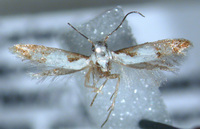
| Recorded by: J.B. Sullivan on 2019-08-28
Carteret Co.
Comment: | 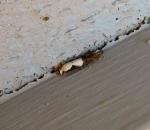
| Recorded by: T. DeSantis on 2012-03-01
Camden Co.
Comment: |
|

 »
»




 »
»


